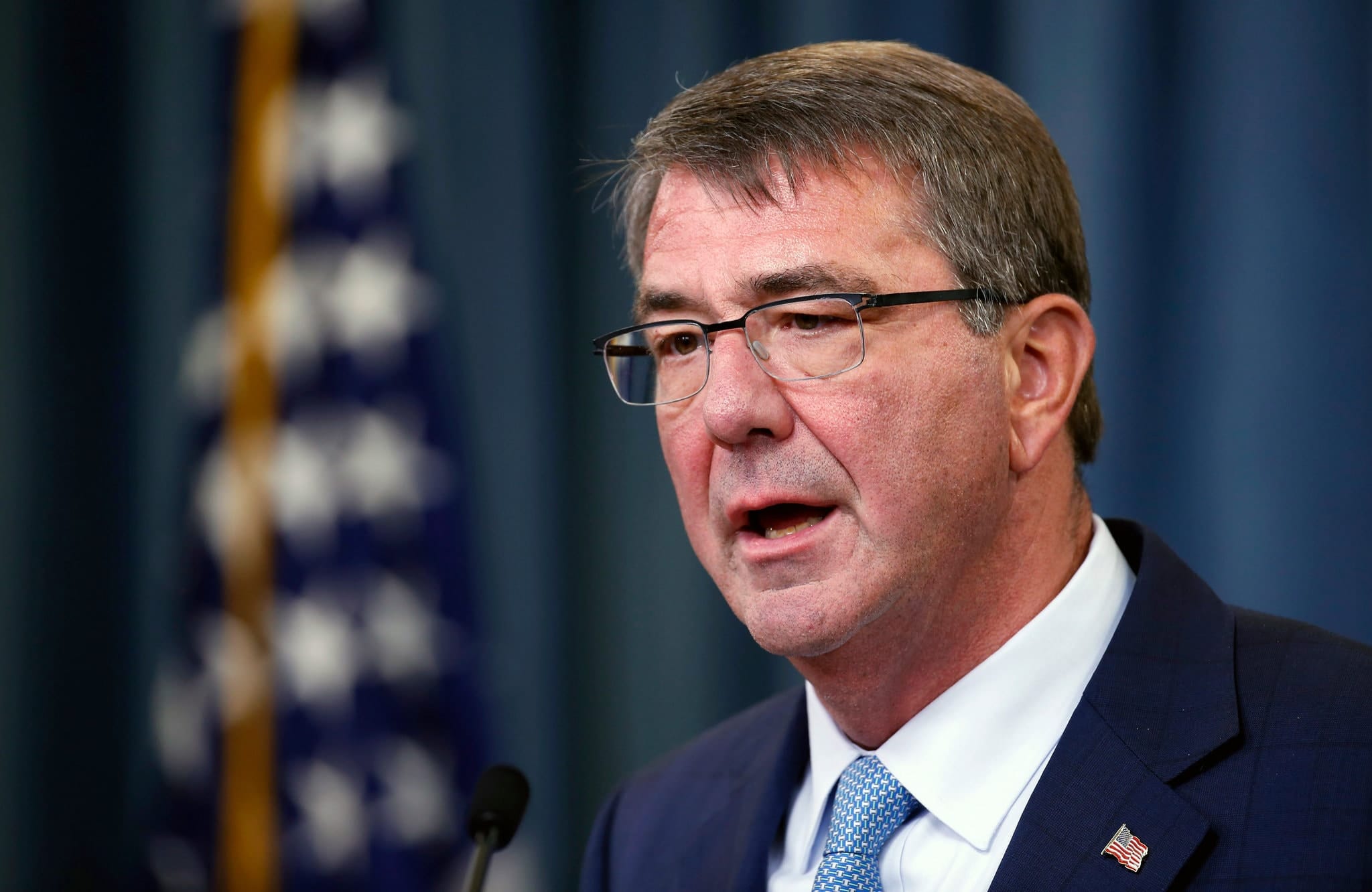The political landscape is currently marked by a discernible shift in the Democratic party’s approach to dealing with Donald Trump. In contrast to previous years, where a highly vocal and confrontational strategy was frequently employed, the Democrats have seemingly adopted a much quieter posture. This change is not simply a matter of lessened volume but a nuanced alteration in overall tactics, evident in reduced public pronouncements and a more measured tone. This new approach raises questions about the motivations behind such a shift and its potential implications for the upcoming political landscape. The decrease in direct media confrontations is a significant component of this modified strategy. Previously, it was common to see prominent Democratic figures actively responding to Trump’s statements, often engaging in heated exchanges on television and social media platforms. However, these direct rebuttals and personal attacks are now less frequent, giving way to more tempered discourse. This change is also reflected in the messaging of Democratic campaigns, where policy differences are increasingly emphasized over personal animosities. Rather than focusing on the perceived flaws of Trump, Democratic politicians are directing the public’s attention to their own policy proposals. The strategy aims to project an image of competent leadership, offering a contrast with what they are framing as disruptive rhetoric. This approach is a departure from the past, where criticisms of Trump often dominated the political dialogue. The change is visible across the Democratic party, at both the national and local levels. From individual politicians choosing not to directly engage in public spats to the messaging strategies of larger organizational communications, the new approach is demonstrably evident. This uniformity suggests a conscious and coordinated shift in how the Democrats intend to engage with the challenges posed by Donald Trump. The reasons for this strategic shift are complex and multifaceted. Firstly, it may be that the Democratic party has reevaluated the effectiveness of previous strategies. Continuous engagement in public battles with Trump, some analysts suggest, may have only served to amplify his message and galvanize his base. A less adversarial approach could potentially deny him the oxygen of publicity he seeks and instead focus attention on the broader policy debates. Another possible explanation involves a revised understanding of voter engagement. Democratic strategists may be aiming to reach a wider segment of voters, including those who are turned off by the constant barrage of negative political rhetoric. By adopting a more positive and focused tone, they hope to resonate with a broader electorate, including undecided voters and those who have grown weary of partisan infighting. Furthermore, there is the possibility that this less confrontational posture is aimed at presenting a more stable and reliable image of the Democratic party. By avoiding the personal attacks and emotional responses that often characterize debates with Trump, they may aim to position themselves as the more rational and responsible choice. This calculated calmness could be a deliberate move to attract voters who value stability and competence in their political leaders. It is also noteworthy that this tactical change might be tied to the evolving nature of public discourse itself. The constant barrage of online and media debate, especially over the last few years, might have resulted in voter fatigue and a craving for less combative forms of engagement. The Democrats’ strategy could reflect an understanding of this shift in the political climate. Instead of feeding the negativity, they are attempting to rise above it, highlighting policy differences and presenting their vision for the future. While some may see this as a sign of decreased confidence or a retreat, it is possible that it is a calculated strategy with the intent to reach a broader segment of the electorate. The impact of this shift in strategy remains to be seen, and the efficacy will likely be assessed over the coming months. Whether this less vocal approach proves more successful in the current political climate is something that political observers and the electorate will be closely watching. The long term effects of such a shift on both the democratic party itself, as well as the larger political arena, will be critical to observe and analyse.
Shift in Democratic Strategy Evident in Approach to Trump



